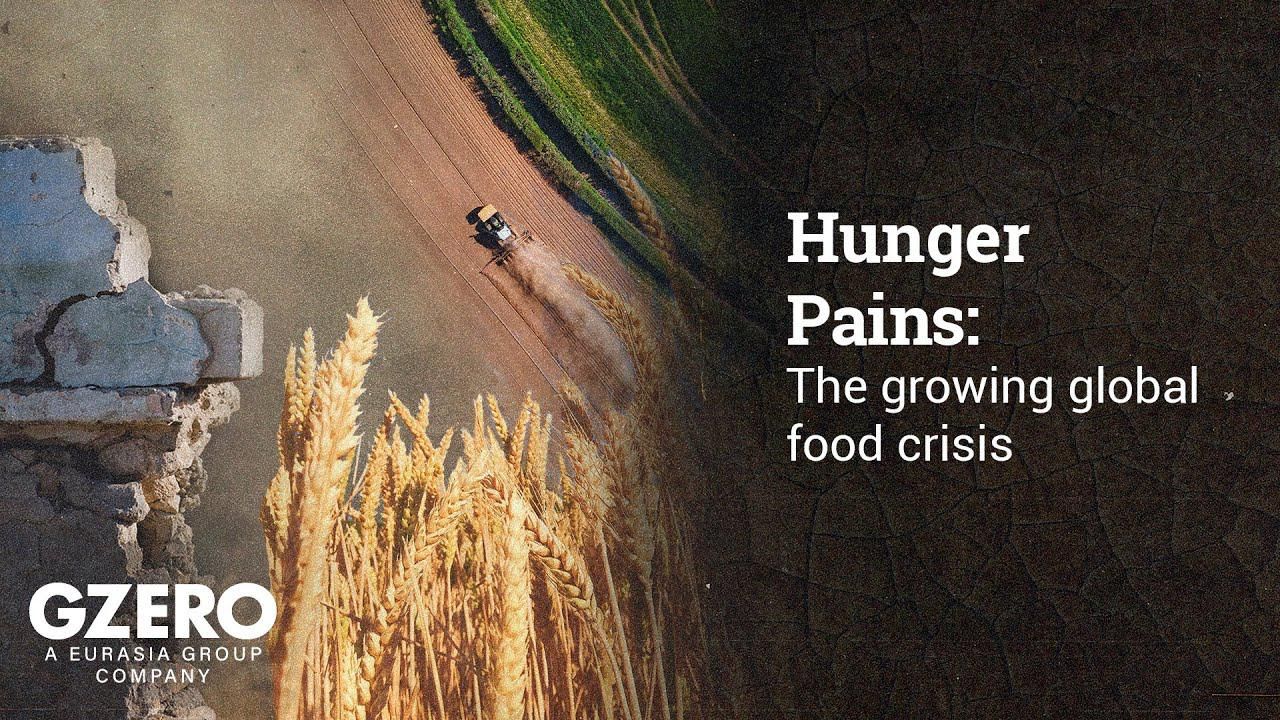
The world is on the brink of a crisis that could push more than a billion people towards starvation. A crisis that could upend governments, roil global markets, and rattle households around the world.
The pandemic has scrambled food supply chains, raising costs for everyone. Droughts and floods tied to climate change have hampered harvests around the world. And Russia’s war with Ukraine has made it all worse.
Today, the world faces the sharpest “hunger pains” since the end of World War 2.
GZERO Media’s special coverage of the ongoing food crisis takes you deeper into the story.
For some, the crisis will mean higher prices, empty shelves, or shuttered businesses. But for hundreds of millions of others, it will be a matter of life and death.
How can the world cope? What are governments doing to make things better, or worse? And how will it all affect YOU?
Follow our coverage at gzeromedia.com/hunger-pains to find out.